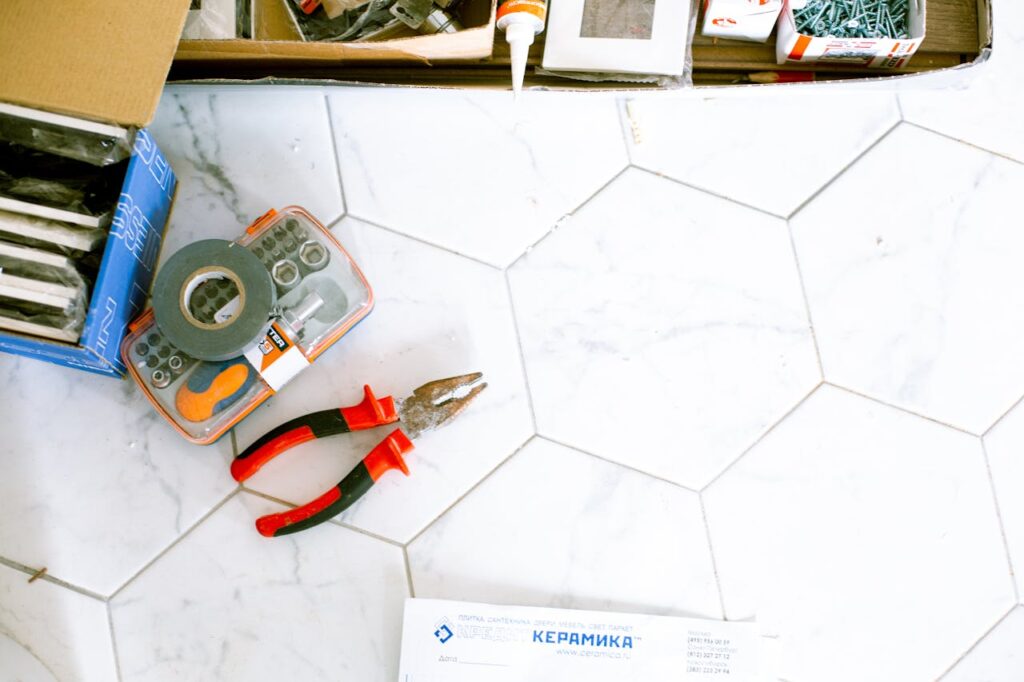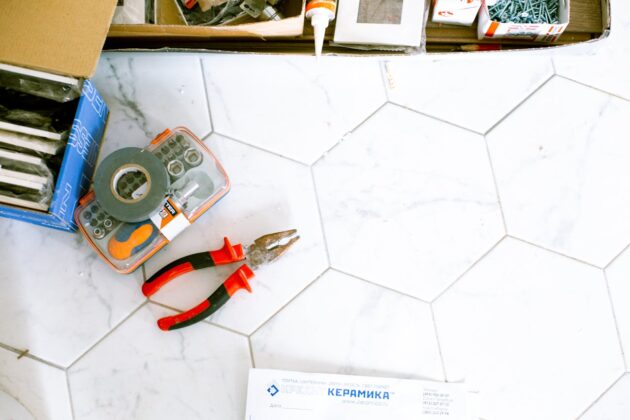
In today’s fast-paced world, a home should serve as a refuge from the hustle and bustle of everyday life. Creating a relaxing home environment is essential for unwinding and recharging. Thoughtful design choices can transform any home into a peaceful sanctuary that promotes relaxation and improves overall well-being. This article explores practical design tips to enhance the tranquility of your living spaces, ensuring that your home isn’t just a place to stay, but a place to rejuvenate.
Table of Contents
- 1 1. Embrace Soft & Neutral Colors
- 2 2. Upgrade Your Bathroom for Relaxation
- 3 3. Incorporate Natural Elements
- 4 4. Maximize Natural Light
- 5 5. Soften Your Lighting
- 6 6. Create a Dedicated Relaxation Space
- 7 7. Declutter and Organize
- 8 8. Invest in Comfortable Furniture
- 9 9. Use Aromatic Scents
- 10 10. Incorporate Soundscapes
- 11 Conclusion
1. Embrace Soft & Neutral Colors
Color has a profound impact on our mood and perception, and selecting the right palette is crucial for creating a relaxing atmosphere. Soft, neutral colors like light grays, warm beiges, and pastel blues are ideal for fostering a sense of calm. These hues reflect light gently, making spaces appear larger and more open while providing a subtle backdrop that soothes the mind. Incorporating these colors through wall paint, large furniture pieces, and textile choices can significantly reduce visual noise and enhance tranquility in your home.
2. Upgrade Your Bathroom for Relaxation
Transforming your bathroom into a spa-like retreat can significantly enhance the relaxation experience at home. Consider installing features such as deep soaking tubs, rainfall showerheads, and heated floors to create a luxurious and comforting environment. For these specific upgrades, homeowners should look up the keyword bathroom remodel experts near me on a search engine to find qualified professionals who can execute these renovations with precision. Enhancing your bathroom not only provides a personal escape but also adds substantial value to your home.
3. Incorporate Natural Elements
Introducing natural elements into your home decor can help bring the calming essence of nature indoors. Materials like wood and stone can add texture and a sense of grounding to a room, while houseplants can improve air quality and add a vibrant touch of green, which is known for its calming effects. Incorporating elements such as bamboo, wool rugs, and decorative stones can harmonize with your neutral color palette, further enhancing the peacefulness of your home environment.
4. Maximize Natural Light
Natural light is a key component in creating a welcoming and serene home atmosphere. To maximize light, keep windows unobstructed and consider using sheer curtains that allow light to permeate while providing privacy. Strategically placed mirrors can amplify natural light, brightening dark corners and making spaces feel more open and airy. Additionally, choosing light-colored walls and reflective surfaces can help bounce light around the room, further enhancing the natural brightness of your home.
5. Soften Your Lighting
The lighting in your home should mimic the tranquility of natural light. Harsh overhead lights can strain the eyes and create an unwelcoming environment. Instead, opt for soft, warm lighting by using floor and table lamps with warm-toned LED bulbs. Installing dimmer switches allows you to adjust light levels to match the time of day and your mood, creating a more comfortable and calming atmosphere. Consider the use of candlelight in the evenings to add a soft glow that can help relax the mind and prepare your body for sleep.
6. Create a Dedicated Relaxation Space
Designating a specific area in your home solely for relaxation can significantly enhance your ability to unwind. This space could be a reading nook, a meditation corner, or simply a comfortable spot with plush seating and soft throws. Equip this area with elements that promote calmness, such as a small fountain, soft background music, or a collection of your favorite books. The key is to ensure this space is away from the high traffic and noisy areas of the home, making it a true retreat where you can escape and recharge.
7. Declutter and Organize
A cluttered space can lead to a cluttered mind, which is counterproductive to creating a relaxing home environment. Start by decluttering and adopting minimalist principles where possible. Use stylish storage solutions to hide away everyday items and maintain a tidy appearance. Drawer dividers, decorative baskets, and clever shelving can all help keep your space organized and serene. A clean and orderly home not only looks better but also facilitates a more peaceful and stress-free atmosphere.
8. Invest in Comfortable Furniture
Comfort is paramount when it comes to relaxation. Invest in high-quality, comfortable furniture that supports your body and looks appealing. Ergonomic chairs, plush sofas, and supportive mattresses are essential for your physical well-being and can make a significant difference in your overall comfort at home. When selecting furniture, consider textures as well; soft fabrics like cotton, linen, and velvet can add to the overall comfort and aesthetic of your relaxation spaces.
9. Use Aromatic Scents
Integrating aromatherapy into your home can have a powerful effect on your mood and stress levels. Scents like lavender, eucalyptus, and sandalwood are known for their calming properties and can be introduced through essential oil diffusers, scented candles, or natural air fresheners. Position these throughout your home, particularly in your dedicated relaxation space, to help soothe the senses and create a spa-like atmosphere.
10. Incorporate Soundscapes
The auditory environment of your home plays a crucial role in its overall feel. Soft, soothing sounds can significantly enhance the relaxing atmosphere. Consider incorporating a sound machine that emits white noise or nature sounds, such as rainfall or ocean waves, which can help drown out disruptive noises. Alternatively, a soft music playlist can set a tranquil tone throughout the house, facilitating relaxation and stress relief.
Conclusion
Creating a relaxing home environment is about more than just aesthetic appeal; it’s about crafting spaces that foster well-being and tranquility. By following these design tips—from setting up a dedicated relaxation area to decluttering, choosing the right furniture, and using calming scents and sounds—you can transform your home into a sanctuary that nurtures relaxation and rejuvenation. With these strategies, your home will not only be a place to live but also a respite from the hectic pace of daily life, where you can truly unwind and find peace.
